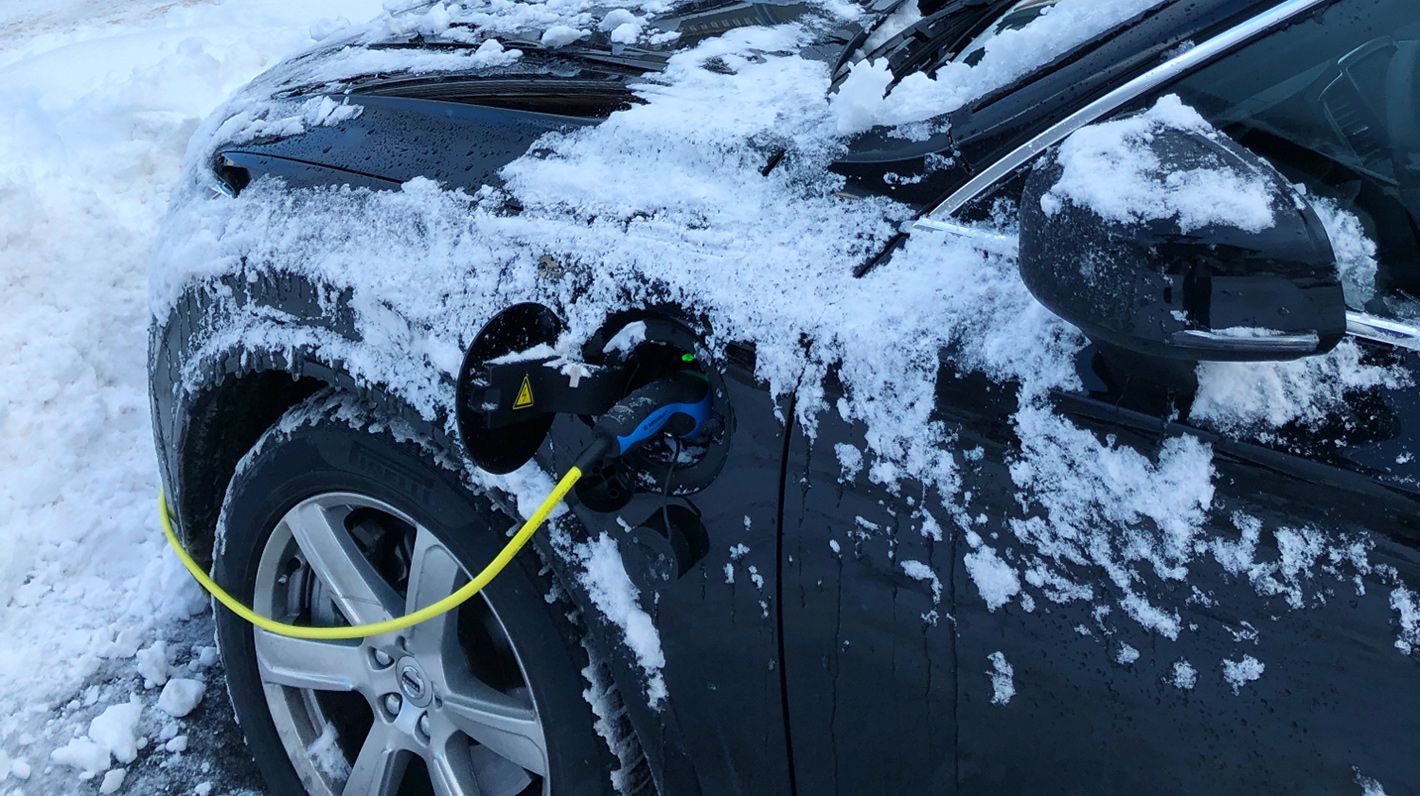Things that drain your EV battery and tips to care for it.
Battery degradation is a natural process, and over time any battery dies. However, it’s more important to maintain the battery in an electric car because it will be used for a long time by you or someone after you


The demand for electric vehicles is spiking in some places, though not everywhere, and supplies are tight. For new owners of electric vehicles, and those who are seriously considering making a purchase, a central characteristic of EVs is also their most mysterious: that big, car-moving battery.
Battery degradation is a natural process, and over time any battery dies. However, it’s more important to maintain the battery in an electric car because it will be used for a long time by you or someone after you. Ensure you maximum range and performance from your electric car while using it.
In addition, many electric car batteries go on to have a “second life” once their usefulness in powering four wheels has waned. These batteries are often used for energy storage, meaning one lithium-ion battery originally designed for an EV could be used for decades.
Features that drain EV battery
i) Speed Tests: From a baseline of 30mph we found out how much faster an EV battery is drained when driving at 50mph and 70mph.
ii) Feature Tests: Testing for each feature (i.e., Heating, Air Con, Demister, Heated Seats, Windscreen Wipers, Sat Nav) was carried out individually at 70mph on maximum and over a full charge for consistency to see how much faster the EV battery drained when it was switched on.
Heating and cooling of batteries
After the motors of the drivetrain, heating and cooling the battery pack (and the cabin) of an electric car are the biggest drains on its power reserves. The energy required depends on some external factors, like temperature and sunlight. Heating and cooling power consumption could range from a few hundred watts when the ambient temperature is close to optimal. When the environment is 1-2 kW means it is very hot or cold, or even up to 5+ kW, if the vehicle is starting very cold the battery needs to be warmed up by a resistive heater.
Why is battery temperature so important? When you have a cold battery, specific chemical reactions set performance limits. The cell chemistry currently used in the automotive industry does not handle high currents, charging, or discharging, very well at low temperatures. If exposed, a phenomenon called lithium plating will happen. This is something similar to corrosion and will cause aging and degradation of battery performance.
Fly stresses that the best course of action is to always preheat an electric car while it is plugged into the charger. That way, grid electricity is used to heat the battery and cabin, instead of sapping energy from the car itself. Once up to a set temperature, an EV can keep itself warm using far less energy than when starting from cold.
Ways To Extend EV Battery Life
i) Minimize rapid charging
Rapid charging is great when you need a charge quickly, particularly if you’re only stopping between meetings perhaps or you’re on a long drive. While you shouldn’t be scared to use rapid chargers whatsoever, continued use can degrade the battery faster than a slower charge. Think of it this way, if you can charge your car slowly using a dedicated home charger (overnight for example) then that is much better for the health of the battery.
ii) Keep the “State of Charge” between 20-80%
Avoid keeping your battery empty or full. Instead, change the settings on your car or car charger to limit the charge to around 80% and keep it above 20% if you can.
Most daily or weekly driving is easily covered by the range of most EVs. Most of us don’t even need it fully charged, so try to keep it between 20% and 80% except for longer trips.
iii) Only charge fully for long trips
Sometimes we need a full battery for a long journey. Charging the car fully does not degrade the battery unless you were to keep it at 100% all the time. So, where possible, only charge 100% if you need it. Most electric cars have in-built navigation that will tell you if you can reach your destination with the current state of charge, or plan by using Google Maps to see if you need to charge to 100% or not.
iv) Take your car for regular, short drives
This tip shouldn’t be too taxing. Just like petrol or diesel cars, it’s good for the overall health of the vehicle to take it for a drive now and then. If your car has been sitting on the drive for too long, consider taking it for a short drive.
v)Don’t leave the car parked in one spot for too long
If you can’t take your EV for a drive, then do the next best thing and move it to the driveway or change where you’ve parked it. It helps prevent flat spots in tires that can affect efficiency.
Reference:
i) Alistair Charlton (2022) All the things that drain your EV battery.
ii) Frankmarcus (2020) Six Ways to Extend EV Battery Life, Plus Six Things Lithium-Ion Batteries Hate
iii) Smart home charge ( 2022) How do you take care of your electric car battery?




